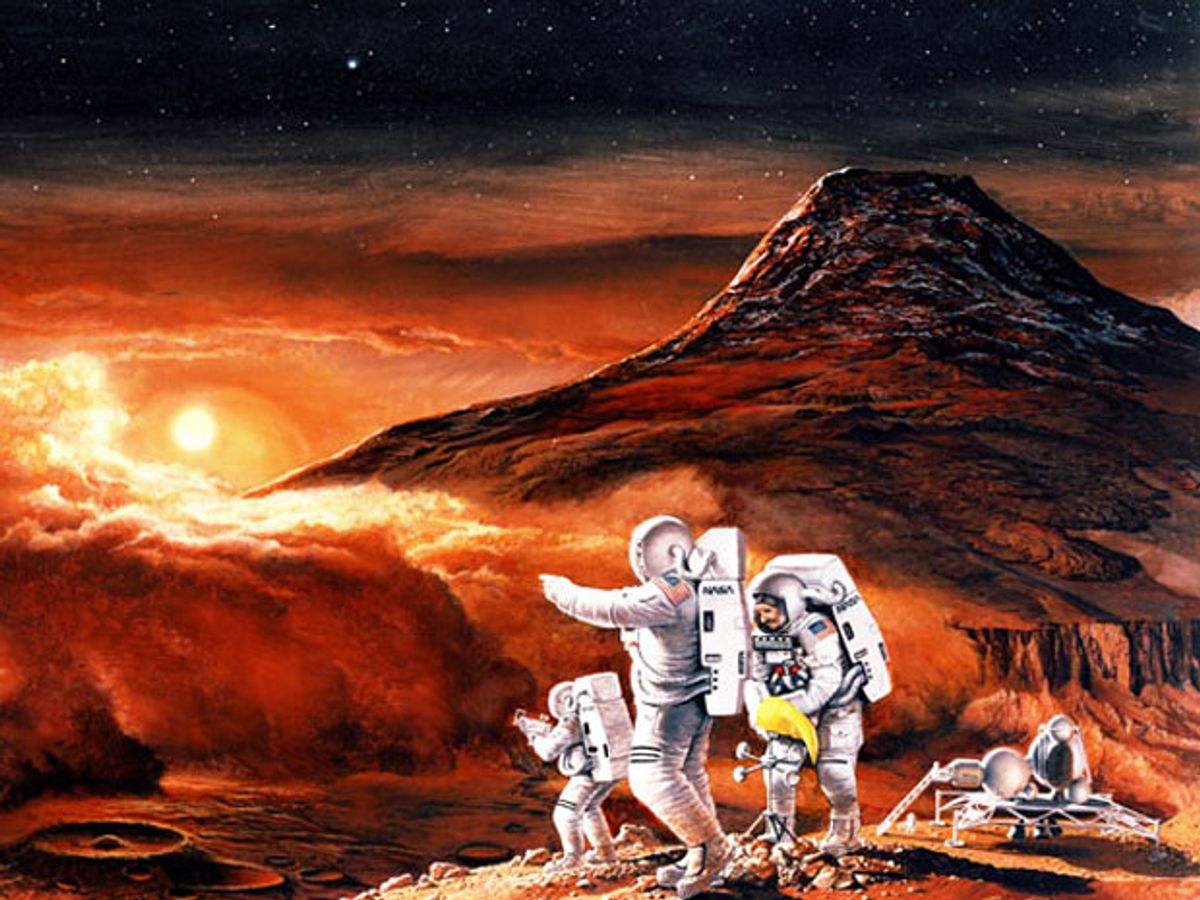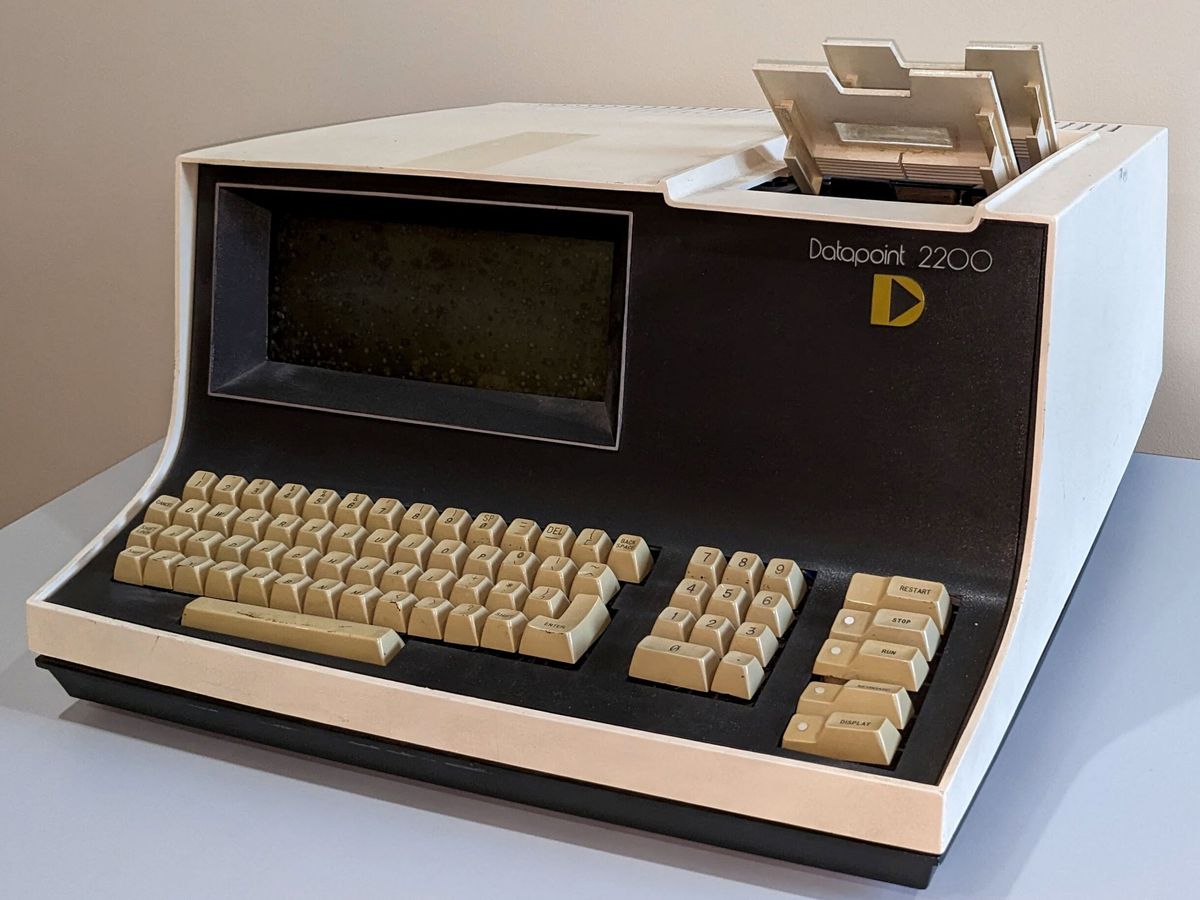Since the last Apollo moon mission in 1972, NASA has enjoyed many bold interplanetary success stories with unmanned programs like Voyager, Cassini, and the Mars rovers. However, the agency’s human spaceflight program during the same period—from Skylab, to the Space Shuttle, to the International Space Station—for all its successes, has remained firmly in low-earth orbit.
And if NASA and its partner agencies want to return astronauts to the surface of the Moon and perhaps ultimately to Mars, it needs both international cooperation and bold leadership, not just the careful, incremental vision its manned program has become known for in the post-Apollo era.
So says a new report commissioned by Congress and authored by the National Research Council (NRC).
After all, the study says, “no single rationale alone seems to justify the value of pursuing human spaceflight.” NASA needs to make a case that the report calls “inspirational and aspirational” that can bolster public support and enable the agency to weather any budgetary battles, economic downturns, technological setbacks or unfortunate accidents along the way.
When the report’s authors requested the public’s input on the future of human spaceflight, they received more than 200 white papers and 1600 original Tweets (#HumansInSpace).
The overriding theme of these comments, the report says, was emphasis of commercial partnerships — such as its existing ones with Orbital Services Corp and Space X, partnerships that are themselves the subject of a separate new agency report. The comments also pointed out the economic and technological benefits of international arrangements (especially with China) that could enable the entire world to participate in getting humans to Mars.
The report arrives at many similar conclusions. For instance, its authors argue, it is in the United States' best interests to seek international cooperation, in part because any actual manned mission to Mars would be so expensive that NASA would likely need to defray those costs with extensive international partnerships. And the report delicately but deliberately trains attention on the 2011 Congressional ban on any NASA collaborations with the Chinese space program. The ban, it says, “reduces substantially the potential international capability that might be pooled to reach Mars.”
And Mars, it says, is what the report calls a “horizon goal,” an overarching vision that is needed to jumpstart NASA’s human spaceflight program. Not since President Kennedy’s 1961 speech announcing what became the Apollo program has the agency had such a “horizon” goal. Mars, says the report, could be that next horizon. However, says the NRC report, human spaceflight “conducted by the U.S. government today has no strong direction and no firm timetable for accomplishments.”
Margo Anderson is the news manager at IEEE Spectrum. She has a bachelor’s degree in physics and a master’s degree in astrophysics.



